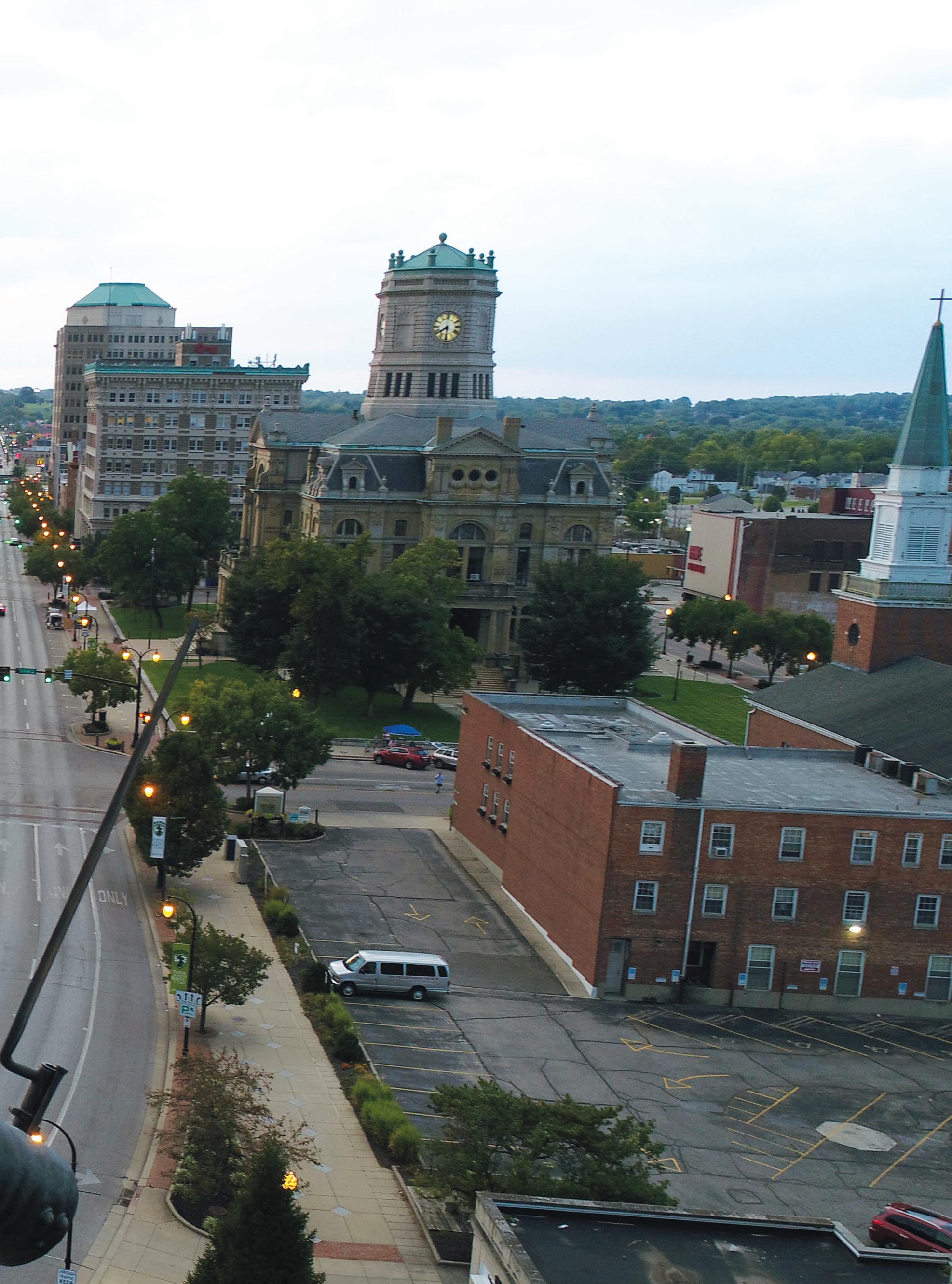
3 minute read
Plan Hamilton in Action
How a Neighborhoods Focus Is Driving the Implementation of City Planning Initiatives PLAN HAMILTON
Plan Hamilton, a comprehensive City planning document approved in 2019, is a living document, a vision for how Hamilton will continue to grow and change over the coming years.
This update is to share with you some of the concrete ways that the City of Hamilton and its many collaborators are moving forward with making Hamilton a great place to live, work, and play.
An updated publication is part of how the City of Hamilton continues the process of transparency and showcases how in-progress and completed projects align with the plans created with the community.
When a City goes into a comprehensive planning process, they seek public input at every turn; the most recent Plan Hamilton involved 18 months of public meetings, surveys, and focus groups to address the question of how the City would look in the coming 15 years.
“The Plan is a 30,000-foot-view, big-picture vision statement of our area and where we want to be in 15 years, but I also want us to use real examples that are very powerful,” says Liz Hayden, director of planning. “There is still flexibility as we go.”
A major focus to emerge out of the Plan was an emphasis on neighborhoods; Hamilton has 17 distinct neighborhoods that work within themselves and with each other to support each other, promote safety, and stay engaged.
In 17 Strong, the neighborhoods movement in Hamilton has been a nexus of support, resources, and information as Plan Hamilton has been
IN ACTION

put into motion.
“We can’t accomplish our goals of safe and clean neighborhoods without engaged neighborhoods, running the gamut between staying informed all the way up to volunteering and leading,” says Brandon Saurber, public information officer and director of neighborhoods with the City of Hamilton. “A big part of the development of Plan Hamilton has been rooted in resident engagement, in people having a seat at the table. 17 Strong is your seat, your way to be involved.”
The City of Hamilton’s planning process doesn’t stop when the plan is released, however; instead it becomes the blueprint that the City uses to bring about changes that residents want, from creating opportunities for entertainment and fun in the City to addressing practical issues like traffic congestion and public safety.
For instance, Miami University students have been partnering with the Planning Department at the City of Hamilton to do intensive work reaching out to individual neighborhoods and coming up with individualized goals and plans for neighborhood areas including the Riverview neighborhood.
Comprehensive plans and smaller planning projects within the City help City governments make sure that they are addressing the core concerns of residents who live there, moving in step-by-step processes that use smaller milestones to achieve bigger efforts.
“When I look at what Plan Hamilton’s accomplishments are, I think about the fact that we have a Department of Neighborhoods now, and all the amazing things they are doing are what I think of, not just the completion of the neighborhood plan,” Hayden says. “Action is so much more important; the real work begins once the plan is established.”
While a general goal of the plan might involve safe, engaged, informed residents, it is accomplished in meaningful steps, from coordinating neighborhood clean-ups to making programming available in the City’s parks.
Read on to learn more about the recent initiatives at the City of Hamilton that have begun accomplishing the vision of the evolving Plan Hamilton, and how these projects will continue to move forward in the coming years. ❑










